Home>Gardening & Outdoor>Plant Care & Gardening Tips>When Do I Plant Native Seed In Texas
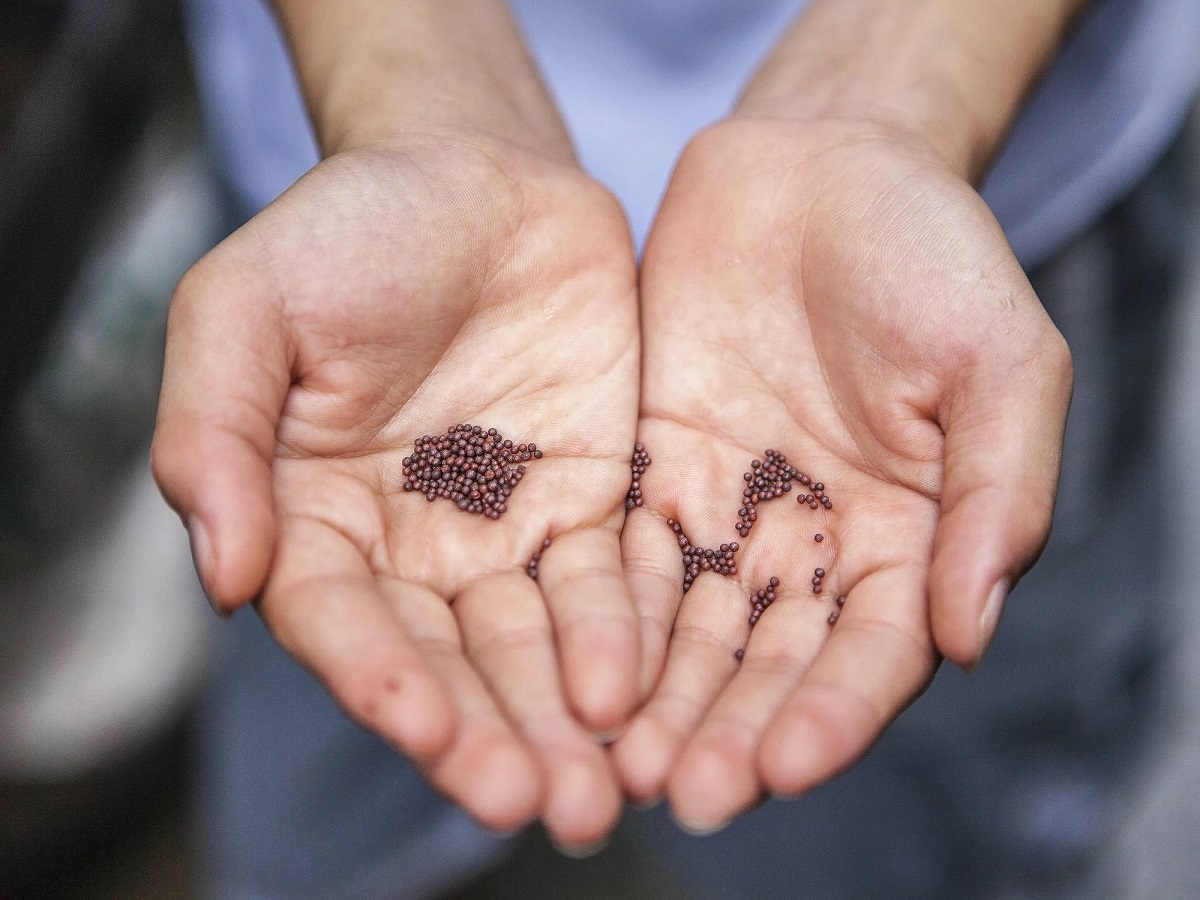

Plant Care & Gardening Tips
When Do I Plant Native Seed In Texas
Modified: January 4, 2024
Learn the best time to plant native seeds in Texas and get expert plant care and gardening tips. Enhance your gardening skills with our comprehensive guide.
(Many of the links in this article redirect to a specific reviewed product. Your purchase of these products through affiliate links helps to generate commission for Storables.com, at no extra cost. Learn more)
Introduction
Welcome to the diverse and vibrant world of native plant gardening in Texas! As a gardening enthusiast, you may be eager to embrace the beauty and ecological benefits of native plants in your outdoor space. Whether you’re a seasoned gardener or just starting your green-thumb journey, understanding the optimal time for planting native seeds in Texas is crucial for a successful and flourishing garden. By delving into the nuances of the native planting season, selecting the right seeds, and mastering the art of nurturing these plants, you can embark on a rewarding and sustainable gardening experience.
Throughout this guide, we will explore the intricacies of planting native seeds in Texas, offering valuable insights on timing, seed selection, soil preparation, planting techniques, and ongoing care. By the end of this journey, you will be equipped with the knowledge and confidence to cultivate a thriving garden that celebrates the natural splendor of Texas’ native flora.
Key Takeaways:
- Embrace Texas’ diverse climate and ecosystems to plant native seeds at the right time, ensuring a thriving garden that celebrates the state’s natural beauty.
- Select native seeds adapted to Texas’ climate, soil, and wildlife, and care for them attentively to create a resilient garden that honors the state’s ecological heritage.
Read more: How Do I Plant Native Pecans In Texas
Understanding the Native Planting Season
Before delving into the specifics of planting native seeds in Texas, it’s essential to grasp the nuances of the native planting season in this region. Texas boasts a diverse climate, encompassing various zones that influence the optimal timing for planting native seeds. Understanding the unique characteristics of each zone and its corresponding planting season is pivotal for successful gardening endeavors.
When considering the native planting season, it’s crucial to consult the USDA Plant Hardiness Zone Map, which delineates different zones based on average annual minimum winter temperatures. Texas encompasses zones 6 through 9, each with its distinct climate considerations. For instance, regions in zone 6, characterized by colder winters, may have a different planting season compared to areas in zone 9, which experience milder winters.
Furthermore, Texas’ expansive geography encompasses diverse ecosystems, from coastal plains to arid deserts, each with its unique soil compositions and moisture levels. These factors play a pivotal role in determining the ideal time for planting native seeds. Additionally, understanding the average first and last frost dates in your specific region is integral to planning your planting schedule.
Moreover, the native planting season in Texas is influenced by the state’s variable precipitation patterns. Rainfall and drought conditions can significantly impact the viability of planting native seeds. By aligning your planting schedule with the optimal moisture levels in your region, you can maximize the chances of seed germination and subsequent plant growth.
As you embark on your native planting journey, consider consulting local gardening resources, such as agricultural extension offices or native plant societies, to gain insights tailored to your specific area. These resources can provide invaluable guidance on the native planting season, ensuring that you make informed decisions based on the unique environmental factors in your region.
By comprehending the intricacies of the native planting season in Texas, you can strategically plan your gardening activities, harnessing the natural rhythms of the environment to foster the growth and vitality of your native plants.
Choosing the Right Native Seeds
When embarking on a native planting project in Texas, selecting the right native seeds is a pivotal step in nurturing a thriving and resilient garden. Native seeds are inherently adapted to the local environment, making them well-suited for the climate, soil, and ecological conditions of Texas. As you embark on this journey, consider the following factors to guide your selection of native seeds:
- Native Plant Diversity: Texas boasts a rich tapestry of native plant species, offering a diverse array of colors, textures, and growth habits. Consider the unique characteristics of native plants, such as wildflowers, grasses, shrubs, and trees, to curate a harmonious and visually captivating garden that reflects the natural splendor of the region.
- Adaptability to Local Conditions: Native seeds are inherently adapted to thrive in the specific climate and soil conditions of Texas. When choosing seeds, prioritize species that are well-suited to your region’s hardiness zone, soil type, and moisture levels. By selecting seeds that naturally flourish in your area, you can establish a resilient and sustainable garden ecosystem.
- Ecological Benefits: Native plants play a crucial role in supporting local wildlife, including pollinators and beneficial insects. When choosing native seeds, prioritize species that contribute to the ecological balance of your garden, providing essential resources for native fauna and fostering a biodiverse and thriving ecosystem.
- Sourcing Native Seeds: Seek out reputable nurseries, seed banks, or native plant societies that offer locally sourced native seeds. By obtaining seeds from trusted sources, you can ensure the authenticity and quality of the native plant species, contributing to the preservation of Texas’ natural heritage.
- Consider Long-Term Maintenance: When selecting native seeds, consider the long-term maintenance requirements of each plant species. Opt for a balanced mix of low-maintenance and more intensive species, aligning with your gardening goals and available time for tending to your garden.
Furthermore, as you navigate the process of choosing native seeds, take the opportunity to explore the unique stories and cultural significance associated with native plants in Texas. Many native plant species have deep-rooted connections to the state’s history, indigenous traditions, and ecological heritage, adding a profound layer of meaning to your gardening endeavors.
By thoughtfully selecting native seeds that align with the ecological tapestry of Texas and your personal gardening aspirations, you can lay the foundation for a vibrant and sustainable native garden that celebrates the natural beauty and resilience of the region.
Preparing the Soil for Planting
Creating an optimal environment for native seeds to germinate and thrive is contingent upon preparing the soil with care and foresight. In Texas, where the soil composition varies across different regions, understanding the unique characteristics of your soil and implementing appropriate preparation techniques is essential for fostering healthy plant growth. Here are key considerations for preparing the soil for planting native seeds:
- Soil Analysis: Conduct a soil analysis to assess the pH levels, nutrient content, and texture of your soil. This insight will guide you in making informed decisions regarding soil amendments and selecting native plant species that align with your soil’s composition.
- Amending the Soil: Based on the results of the soil analysis, amend the soil as needed to optimize its fertility and texture. Incorporate organic matter, such as compost or well-rotted manure, to enhance the soil’s structure, moisture retention, and nutrient levels, creating an inviting environment for seed germination and root development.
- Consider Drainage: Evaluate the drainage characteristics of your soil, especially in regions prone to heavy rainfall or periods of drought. Implement measures to improve drainage, such as creating raised beds or incorporating organic materials to enhance soil porosity, preventing waterlogging and promoting healthy root development.
- Weed Control: Prior to planting native seeds, address any existing weeds in the soil to minimize competition for resources and space. Employ eco-friendly weed control methods, such as hand-pulling or mulching, to create a favorable environment for your native seedlings to flourish.
- Soil Protection: Consider implementing soil conservation practices to safeguard the integrity of your soil. Utilize mulch to protect the soil surface, reduce erosion, and conserve moisture, fostering an optimal microclimate for seed germination and early plant growth.
Moreover, as you prepare the soil for planting, embrace the opportunity to cultivate a deeper connection with the land and its natural rhythms. Engage in mindful and deliberate soil preparation, viewing it as a nurturing gesture that sets the stage for the flourishing of native plants, contributing to the ecological vitality of your surroundings.
By approaching soil preparation as a foundational step in your native planting journey, you lay the groundwork for a resilient and thriving garden that harmoniously integrates with the Texas landscape, embodying the spirit of sustainable and ecologically conscious gardening.
You can plant native seeds in Texas during the fall or early spring when the soil is moist and the temperatures are cooler. This will give the seeds the best chance of germinating and establishing strong roots.
Planting Native Seeds in Texas
As you embark on the exciting endeavor of planting native seeds in Texas, it’s essential to approach the process with attentiveness and a deep appreciation for the natural rhythms of the environment. By embracing the following guidelines, you can sow your native seeds with confidence, setting the stage for the emergence of a vibrant and resilient garden that celebrates the unique beauty of Texas’ native flora.
- Timing and Seasonality: Align your planting schedule with the optimal timing for native seeds in Texas. Consider the specific requirements of each native plant species, taking into account factors such as frost dates, temperature trends, and precipitation patterns in your region. By synchronizing your planting activities with the natural rhythms of the environment, you maximize the likelihood of successful seed germination and robust plant growth.
- Seed Depth and Spacing: Adhere to the recommended planting depths and spacing guidelines for each native seed species. Different plants have unique requirements for optimal germination and subsequent growth. By following the prescribed planting instructions, you provide your native seeds with the ideal conditions for establishing strong root systems and flourishing in their designated spaces.
- Gentle Handling: Handle native seeds with care and delicacy, recognizing the potential for these seeds to evolve into thriving plants that contribute to the ecological tapestry of your garden. Exercise patience and mindfulness as you sow the seeds, fostering a sense of reverence for the transformative journey that unfolds from each tiny seed.
- Watering and Moisture Management: Provide adequate moisture to the planted seeds, ensuring that the soil remains consistently moist during the critical germination period. Balancing hydration with the avoidance of waterlogging is essential for supporting the emergence of healthy seedlings, setting the stage for their development into robust native plants.
- Patience and Observation: Cultivate a spirit of patience and attentive observation as you await the emergence of your native seedlings. Each sprouting seed represents the promise of new life and the potential for a flourishing garden. By observing the subtle changes in your garden and nurturing a sense of anticipation, you forge a deeper connection with the natural world.
Furthermore, as you engage in the act of planting native seeds, consider the profound significance of this endeavor in contributing to the preservation of Texas’ ecological heritage. Your efforts in cultivating native plants exemplify a commitment to sustainability, biodiversity, and the enduring beauty of the natural landscape.
By embracing the art of planting native seeds in Texas with mindfulness and reverence, you pave the way for a garden that resonates with the authentic spirit of the region, embodying the timeless allure of its native flora.
Read more: When To Plant Native Grasses In Texas
Caring for Native Seedlings
Once your native seedlings have emerged, their journey towards becoming vibrant and resilient plants begins. Caring for these delicate seedlings with attentiveness and nurturing support is crucial for fostering their growth and ensuring their long-term vitality in the Texas landscape. By embracing the following practices, you can provide the optimal care for your native seedlings, nurturing them into flourishing contributors to your garden’s ecological tapestry.
- Light and Sun Exposure: Assess the light requirements of each native seedling species and position them accordingly in your garden. Native plants have diverse preferences for sunlight, and ensuring that each seedling receives the appropriate light exposure is essential for promoting robust growth and blooming.
- Watering Considerations: Establish a consistent watering regimen that aligns with the moisture needs of your native seedlings. Monitor soil moisture levels and adjust your watering frequency based on environmental conditions, aiming to maintain a balanced moisture level that supports healthy root development and overall plant vigor.
- Weed Management: Safeguard the space around your native seedlings from encroaching weeds, which can compete for resources and impede the growth of your plants. Employ gentle weeding practices to create a nurturing environment that allows your seedlings to thrive without undue competition.
- Protecting Against Pests: Be vigilant for signs of pest activity that may pose a threat to your native seedlings. Implement eco-friendly pest management strategies to safeguard your plants, prioritizing methods that minimize harm to beneficial insects and wildlife while effectively addressing pest challenges.
- Supportive Maintenance: Provide supplemental support, such as stakes or gentle ties, for native seedlings that may benefit from additional structural reinforcement as they grow. By offering this thoughtful assistance, you enable your seedlings to develop strong and resilient frameworks that support their future growth and blooming.
Moreover, as you care for your native seedlings, cultivate a sense of connection with the natural world, recognizing the transformative journey that unfolds from tiny seeds to flourishing plants. Embrace the opportunity to witness the resilience and beauty of native flora, fostering a deeper appreciation for the intricate tapestry of life within your garden.
By nurturing your native seedlings with mindfulness and attentive care, you contribute to the preservation of Texas’ native plant heritage, fostering a garden that embodies the timeless allure and ecological richness of the region’s indigenous flora.
Conclusion
Congratulations on embarking on a journey that celebrates the natural splendor and ecological richness of Texas through the cultivation of native plants. As you’ve delved into the intricacies of the native planting season, selected the right native seeds, prepared the soil, and tenderly nurtured your seedlings, you’ve woven a tapestry of sustainable gardening practices that resonate with the authentic spirit of the region.
By aligning your planting activities with the natural rhythms of the environment and embracing the unique characteristics of Texas’ native flora, you’ve cultivated a garden that harmoniously integrates with the landscape, embodying the timeless allure and ecological vitality of the region’s indigenous plants.
As your native garden continues to evolve and flourish, remember that your commitment to preserving Texas’ native plant heritage extends beyond the boundaries of your garden. Your efforts contribute to the conservation of biodiversity, the support of local wildlife, and the preservation of the state’s ecological legacy for future generations to cherish and enjoy.
Embrace the ongoing journey of native plant gardening in Texas with a spirit of curiosity, mindfulness, and reverence for the natural world. As you tend to your garden, savor the moments of connection with the land, the joy of witnessing new growth, and the profound beauty of native flora that enriches your surroundings.
May your native garden serve as a testament to the enduring beauty and resilience of Texas’ natural landscape, inspiring others to cultivate sustainable and ecologically conscious gardens that honor the rich heritage of native plants.
With each native seed that takes root and blossoms, you contribute to a legacy of stewardship, sustainability, and the timeless allure of Texas’ native flora, leaving an indelible mark on the landscape for generations to come.
Frequently Asked Questions about When Do I Plant Native Seed In Texas
Was this page helpful?
At Storables.com, we guarantee accurate and reliable information. Our content, validated by Expert Board Contributors, is crafted following stringent Editorial Policies. We're committed to providing you with well-researched, expert-backed insights for all your informational needs.
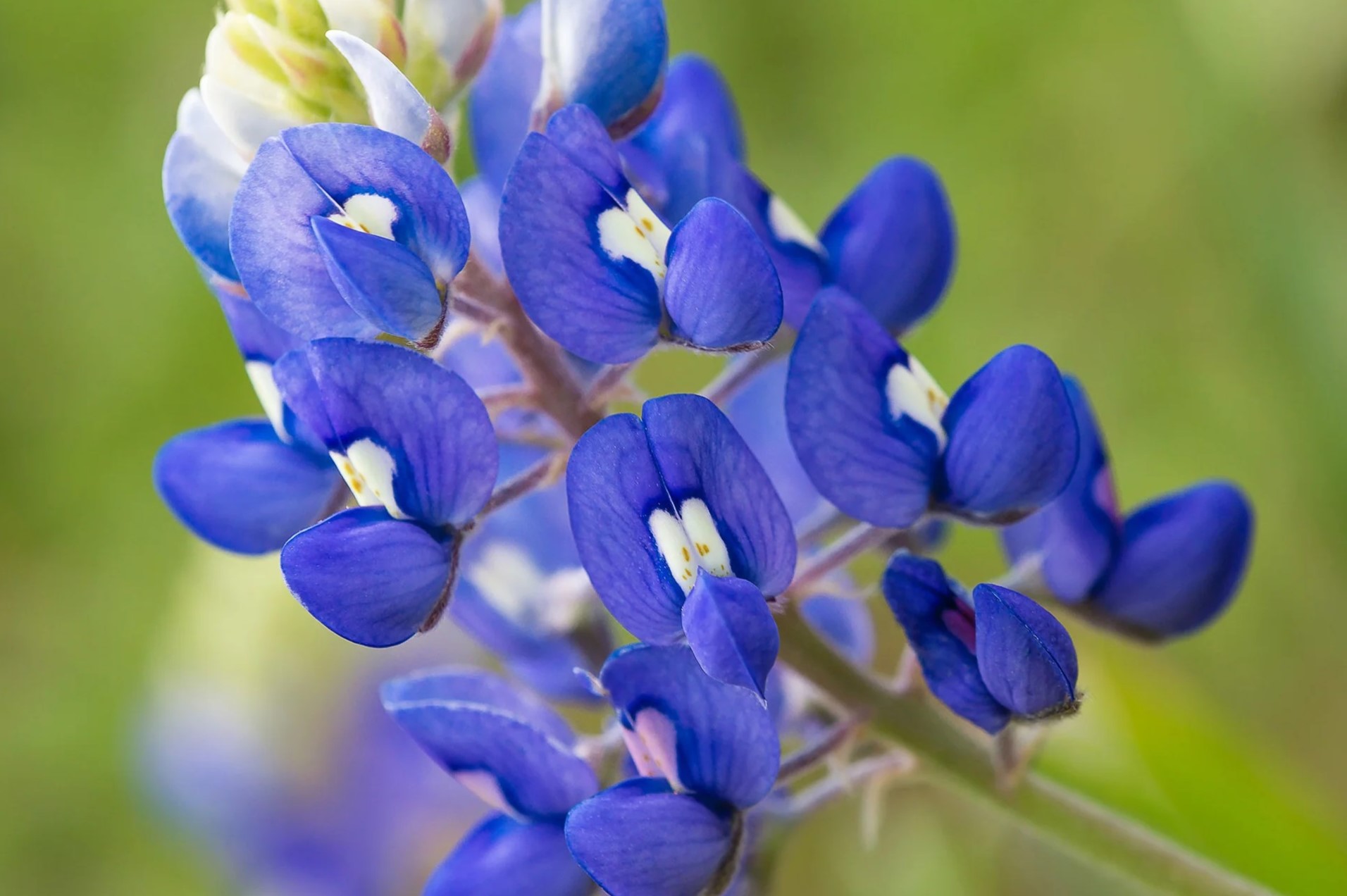
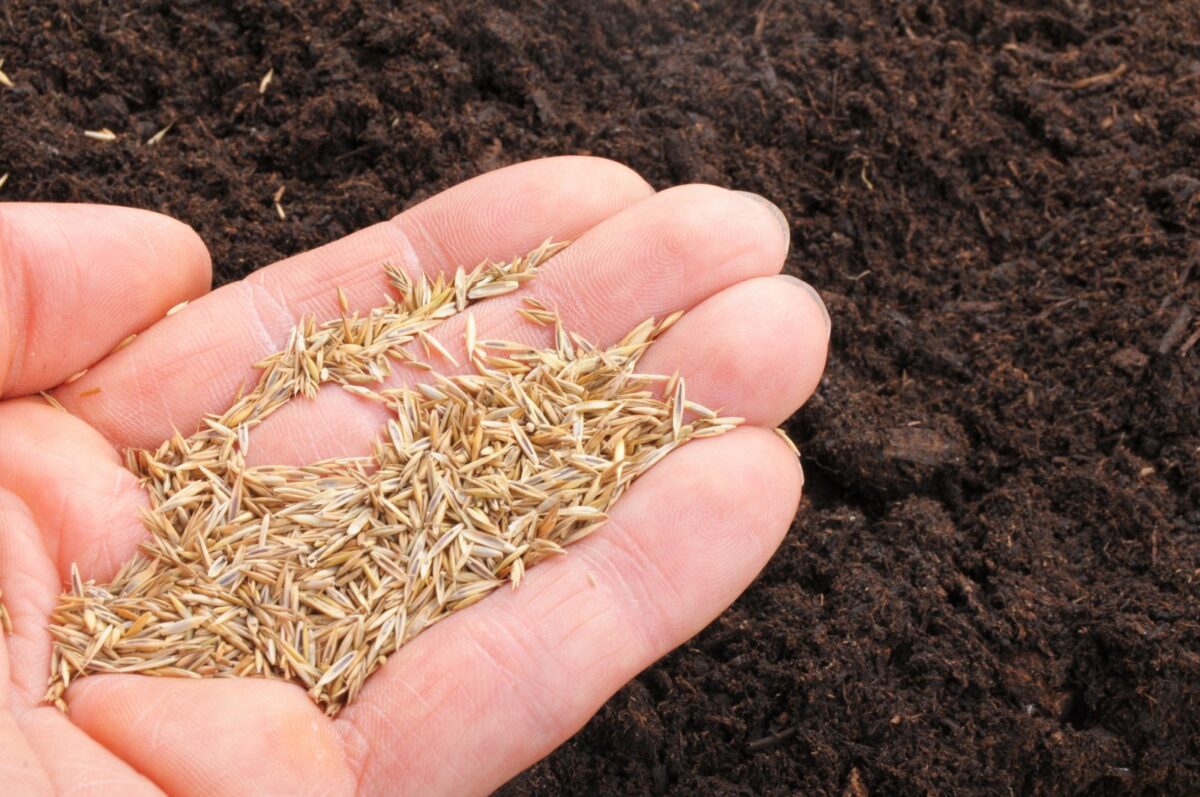
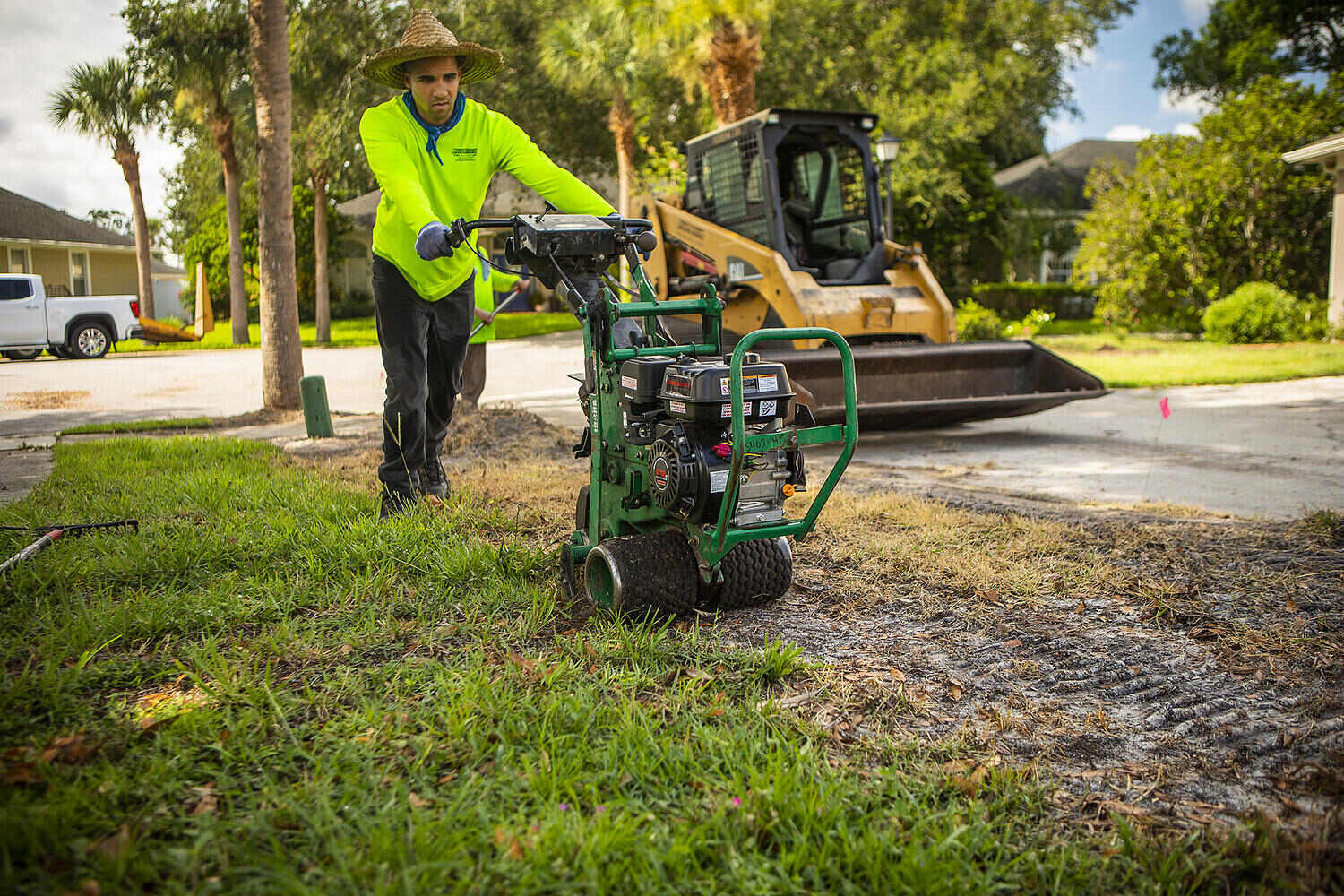
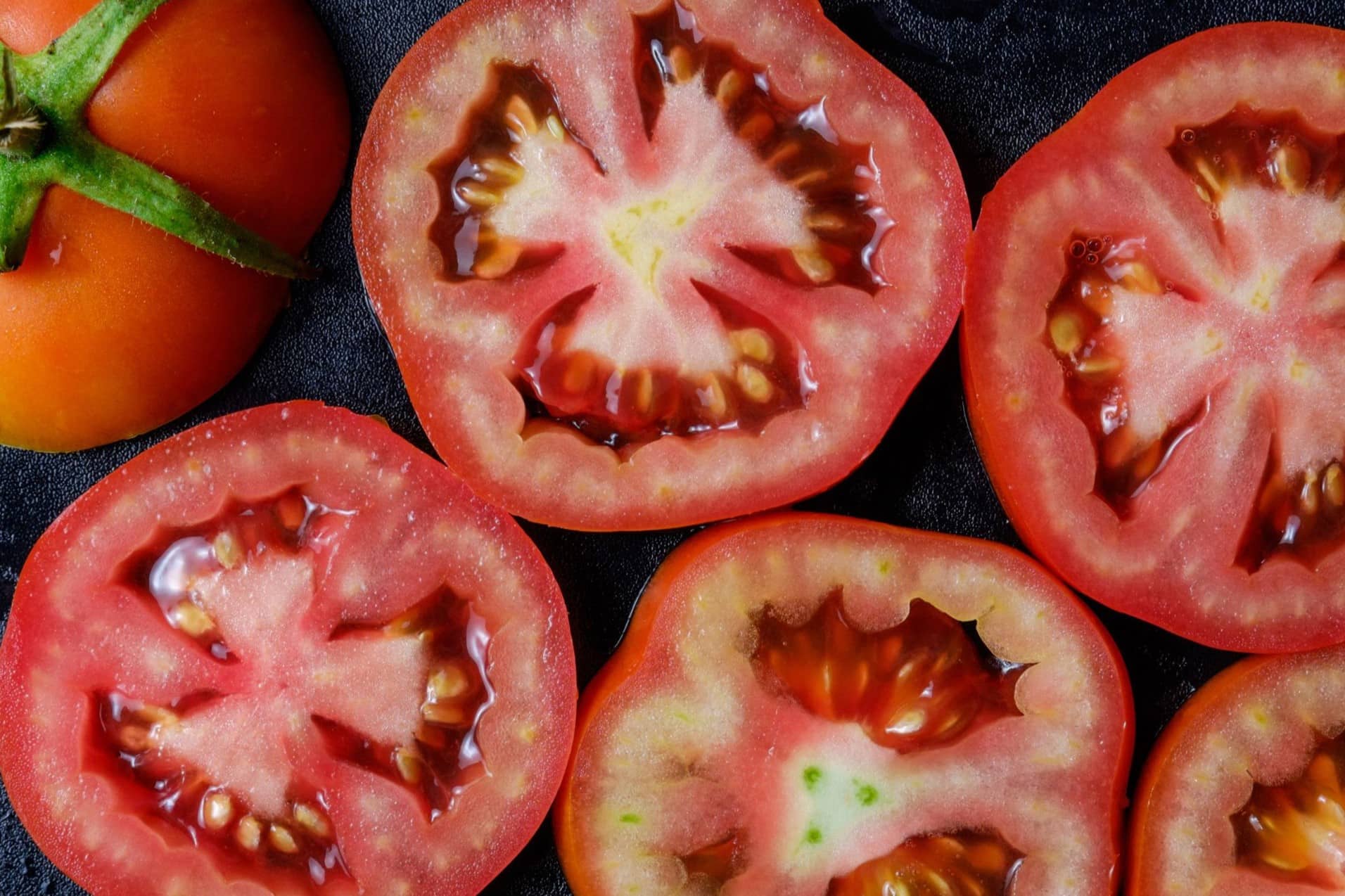
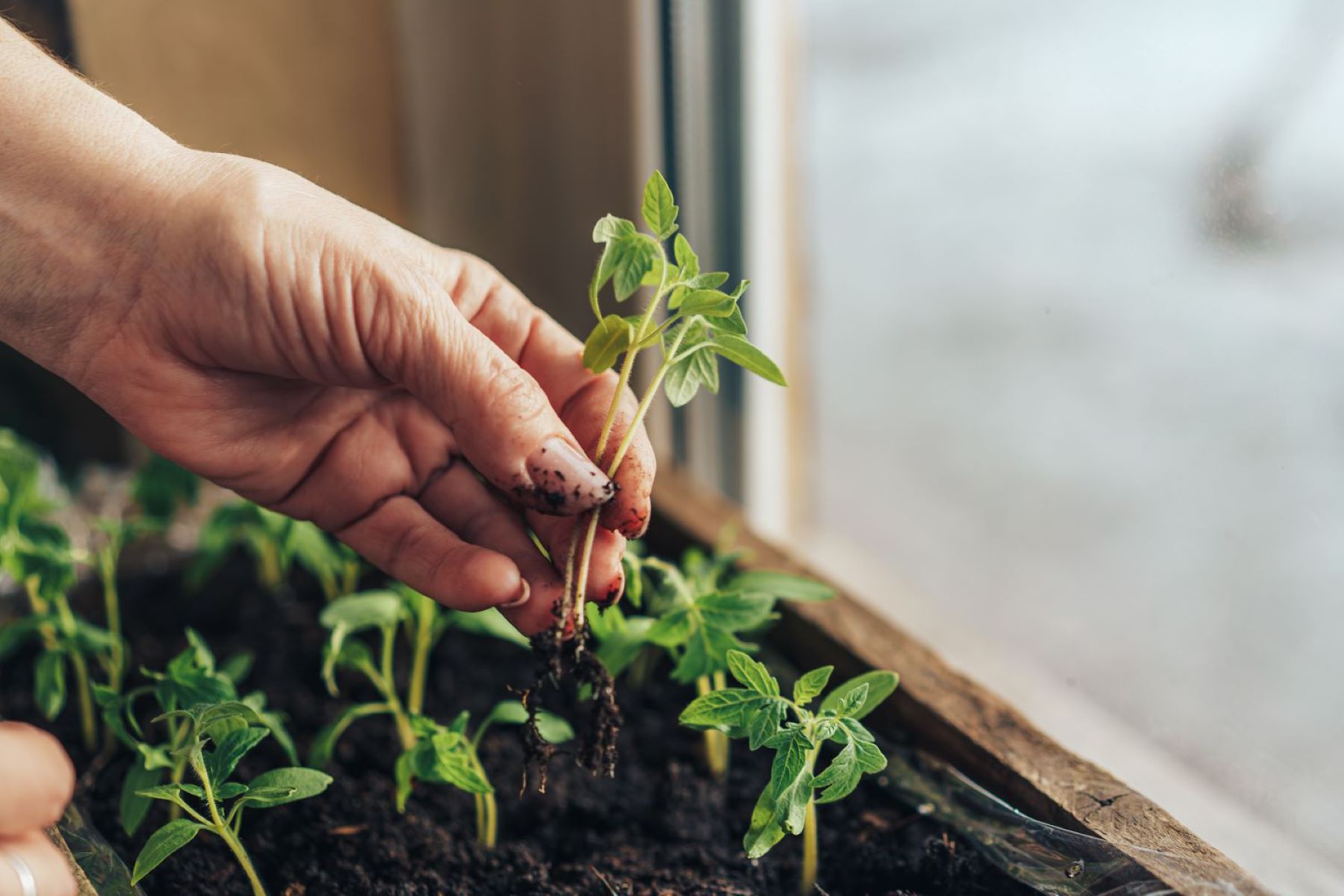
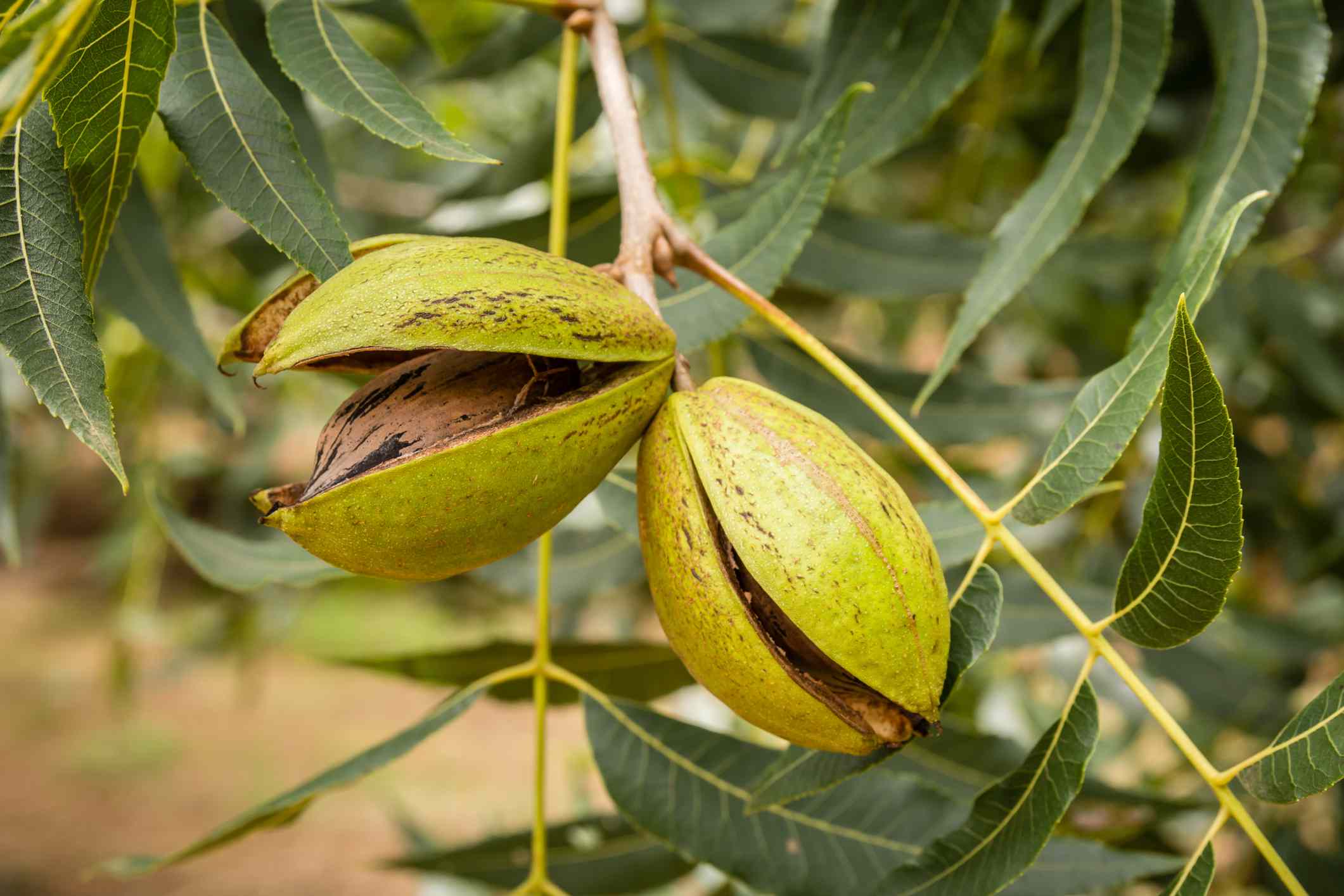
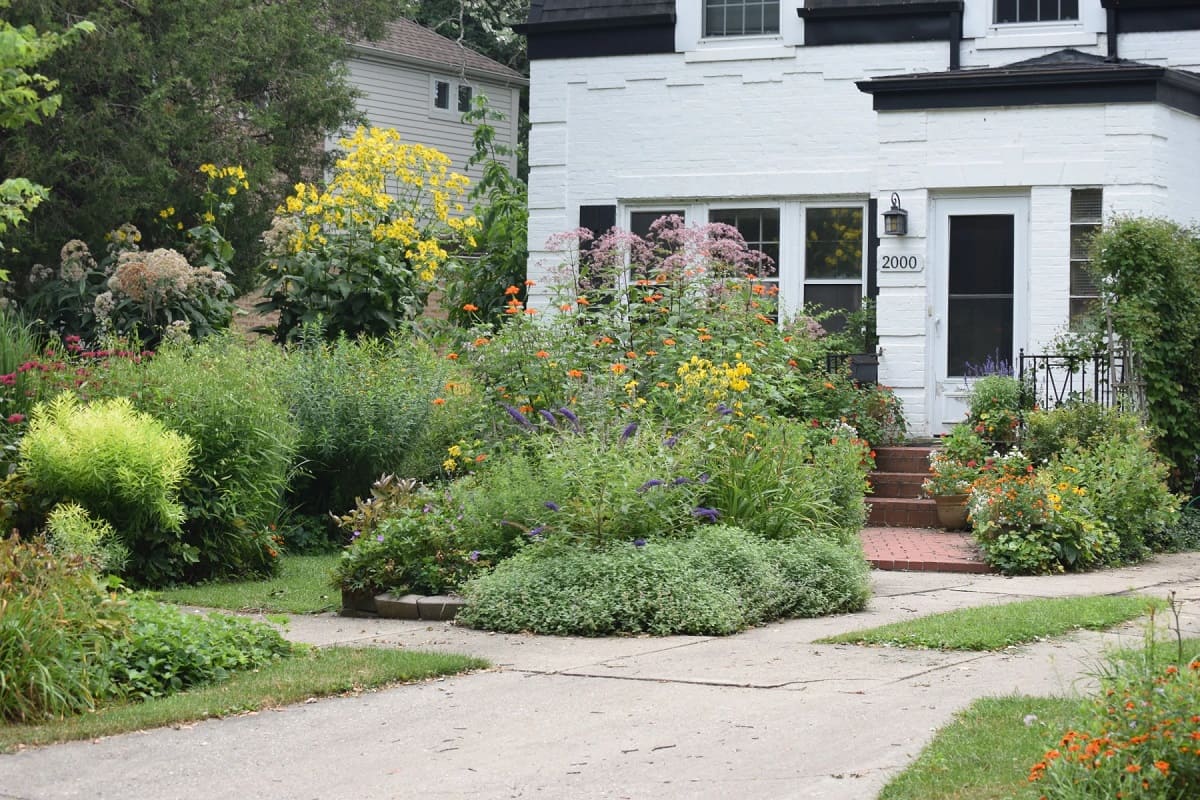
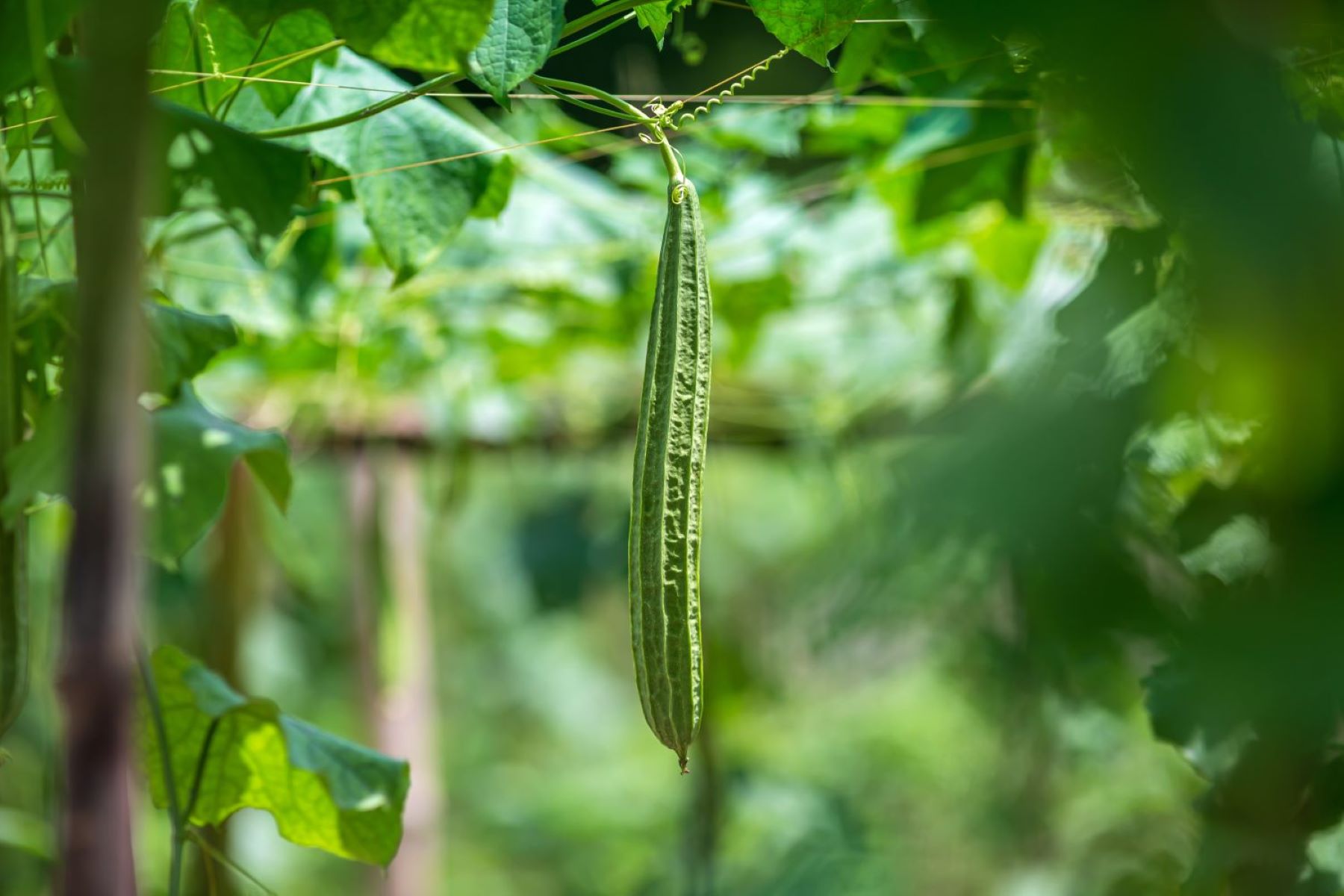
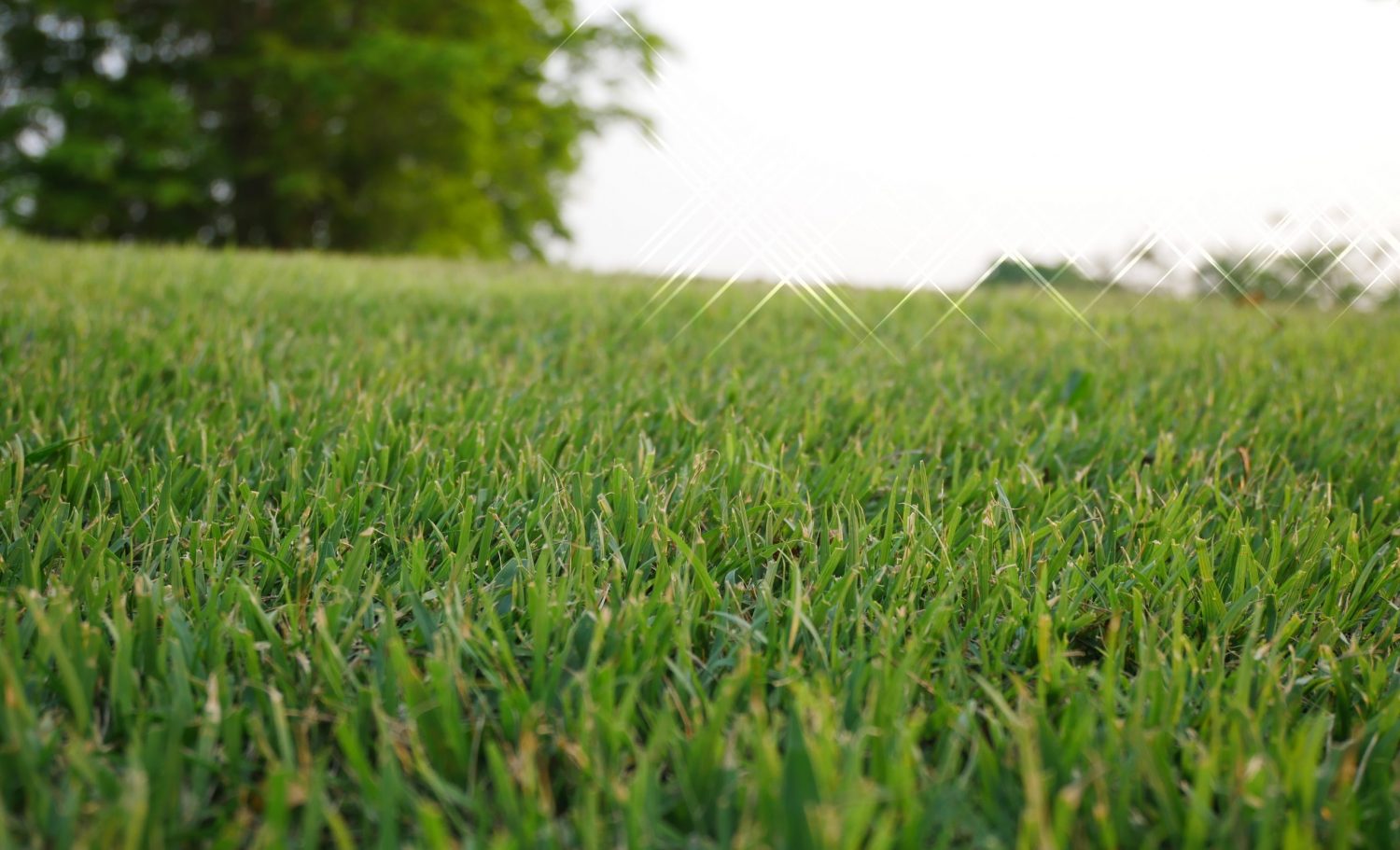

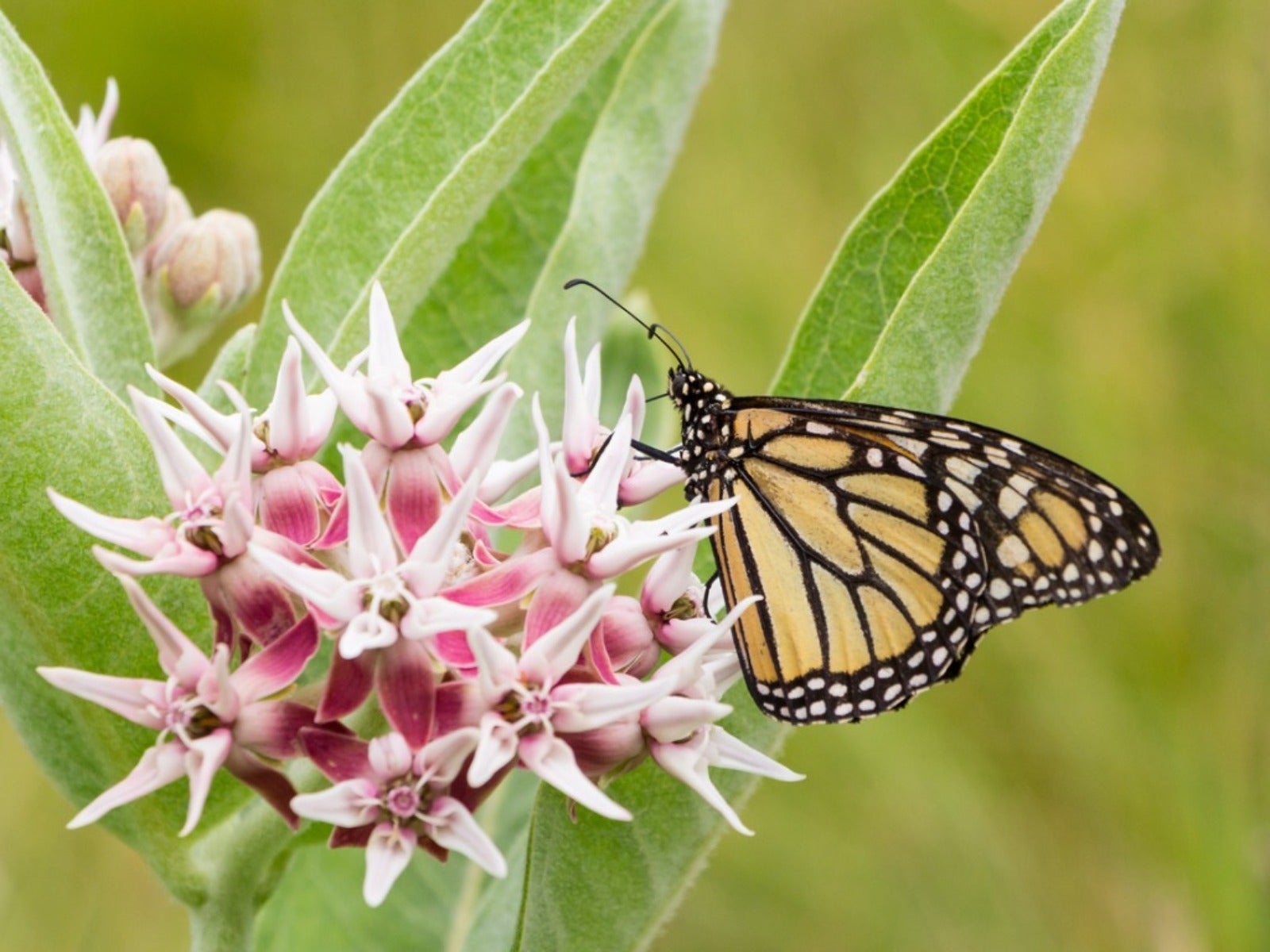
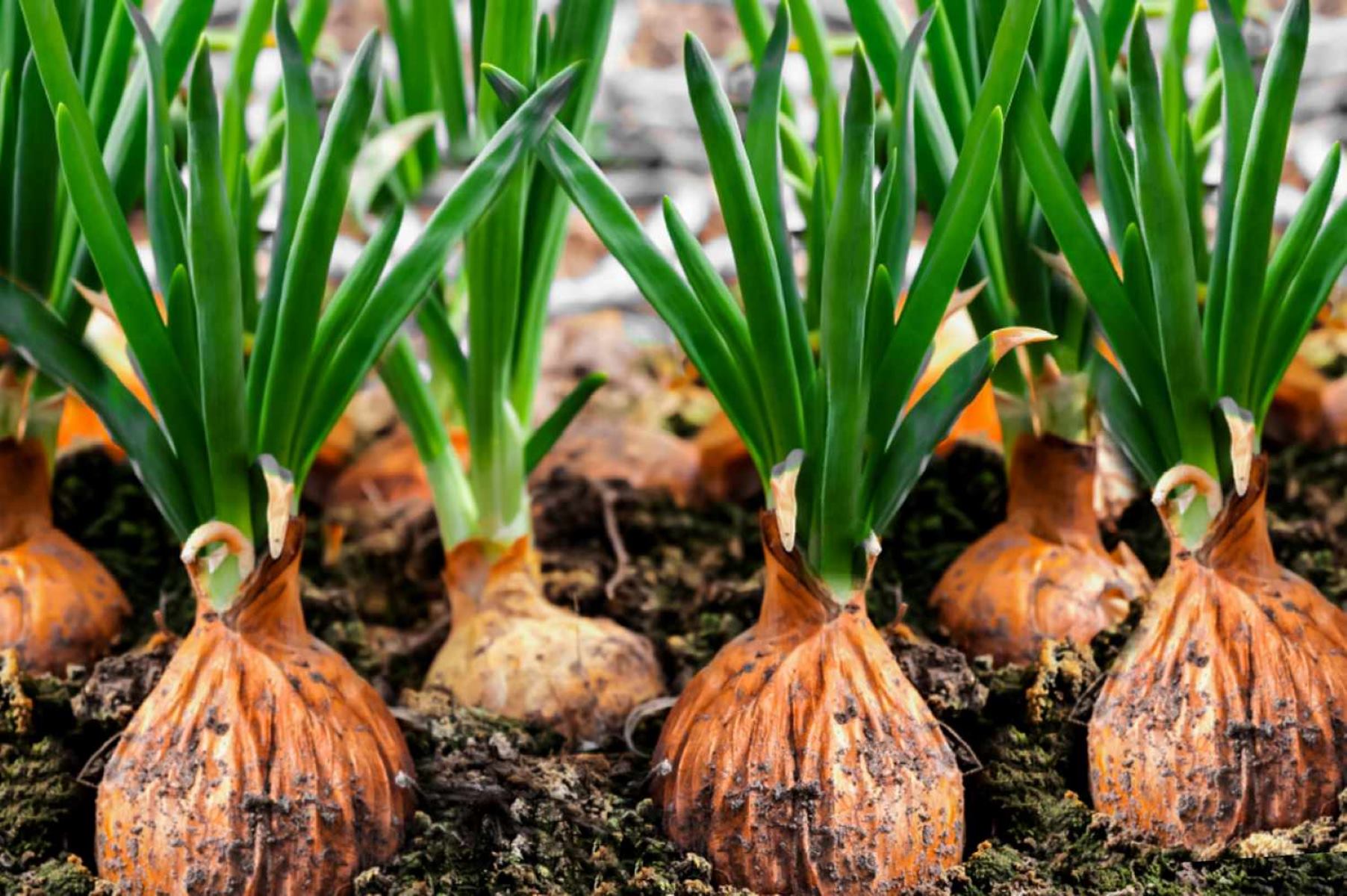
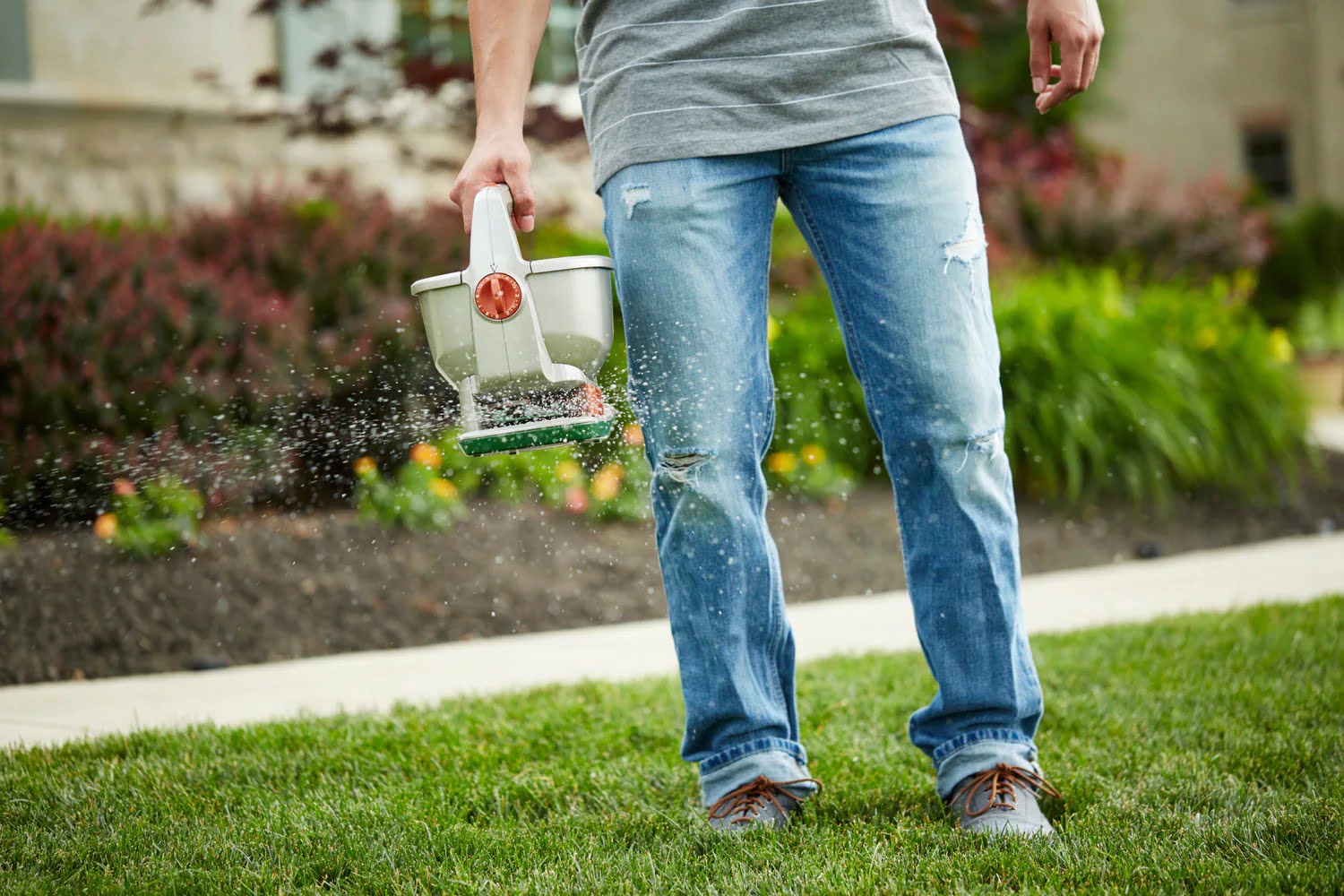
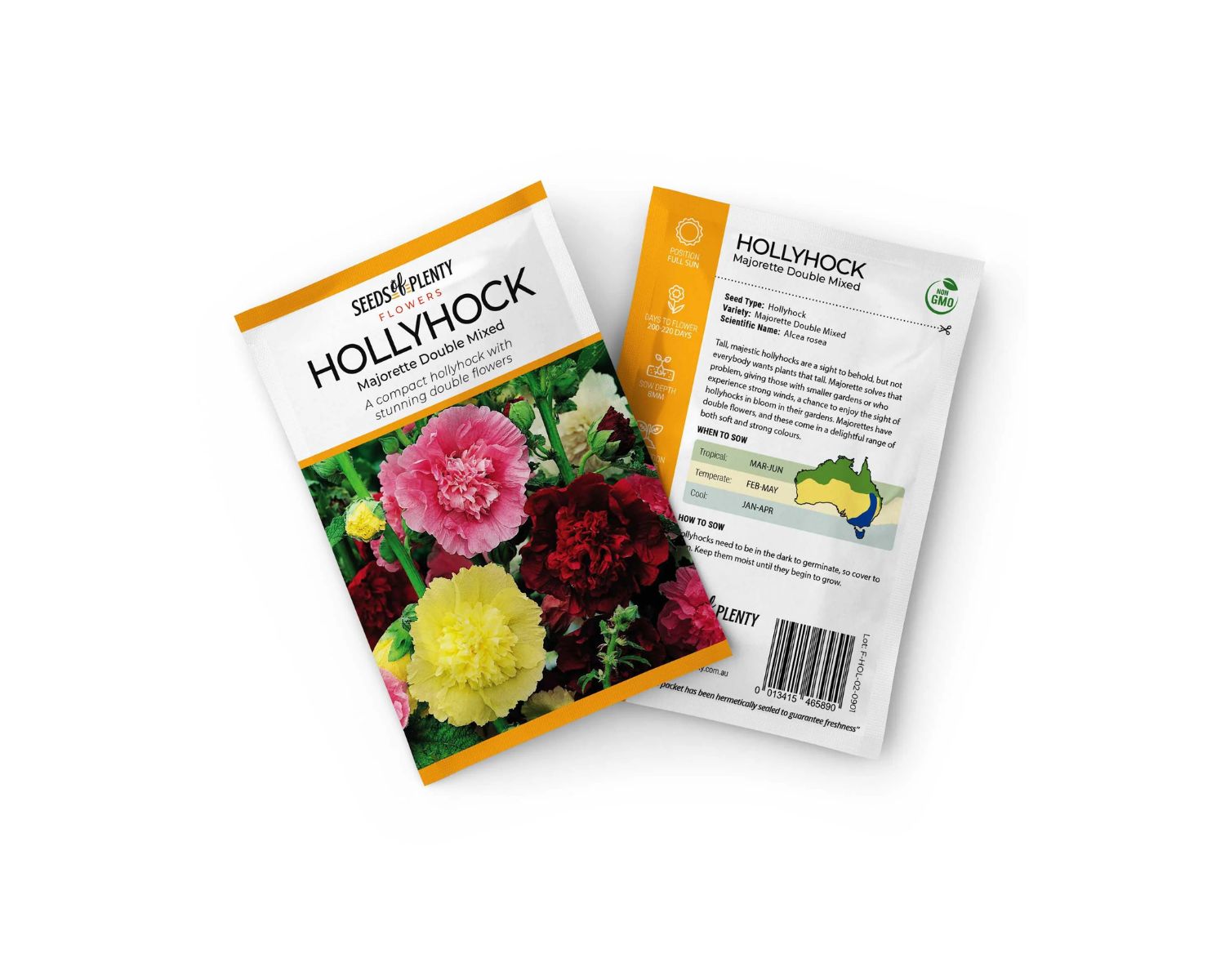

0 thoughts on “When Do I Plant Native Seed In Texas”